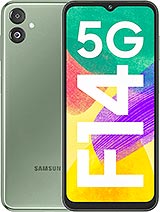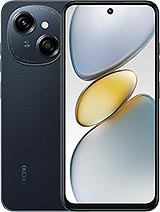Redmi 13C alternatives
Tap above to see alternatives.
Vivo Y18i alternatives
Tap above to see alternatives.
2x2.2 GHz Cortex-A76
6x2.0 GHz Cortex-A55
2x1.8 GHz Cortex-A75
6x1.8 GHz Cortex-A55
6GB 128GB (UFS 2.2)
8GB 256GB (UFS 2.2)
f/1.8, 28mm (wide), PDAF
0.08 MP
(auxiliary lens)
f/2.2, (wide), PDAF
0.08 MP
f/3.0 (auxiliary lens)
f/2.2, (wide)
SIM1: Nano, SIM2: Nano
SIM1: Nano, SIM2: Nano
7 5G bands
n1, n3, n5, n8, n28, n40, n78
In this performance comparison, the Redmi 13C with its Mediatek Dimensity 6100+ (6nm) performs better than the Vivo Y18i with the Unisoc Unisoc T612 (12nm), thanks to superior chipset efficiency.
Redmi 13C offers 2 years of OS updates, whereas Vivo Y18i provides 1 years. For security updates, Redmi 13C offers 4 years of support compared to Vivo Y18i's 2 years.
Both Redmi 13C and Vivo Y18i use LCD screens. Both smartphones offer the same 90 Hz refresh rate. Vivo Y18i also boasts a brighter screen with 528 nits of peak brightness, enhancing outdoor visibility. Both phones have the same screen resolution.
Both phones are equipped with the same 5000 mAh battery capacity. Redmi 13C also supports faster wired charging at 18W, compared to 15W on Vivo Y18i.
Vivo Y18i offers better protection against water and dust with an IP54 rating.
¹ Scores can vary even with the same chipset due to RAM, thermals, and software optimization.












